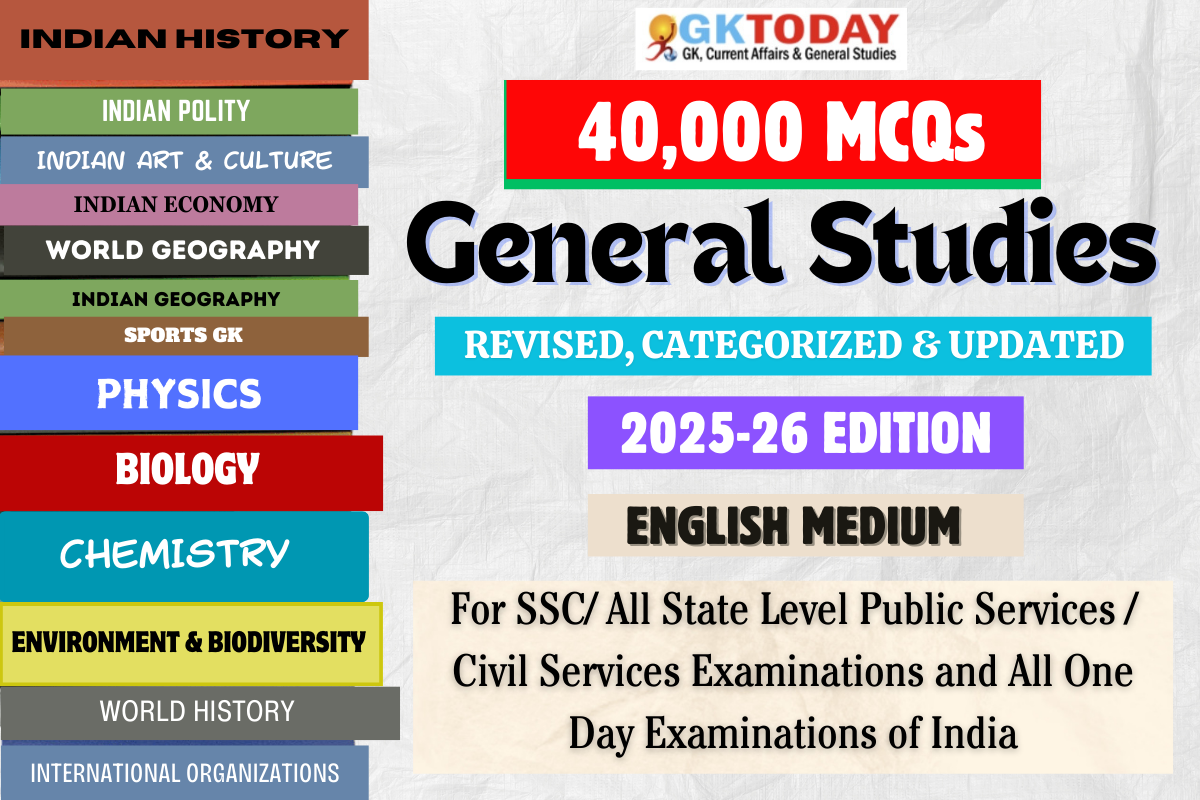Answer: Andaman & Nicobar Islands
Notes: The constitution of 1950 had provided for three main types of states and a class of territories: Part A states, which were the former governors' provinces of British India, were ruled by a governor appointed by the president and an elected state legislature. The nine Part A states were Assam, Bihar, Bombay, Madhya Pradesh (formerly Central Provinces and Berar), Madras, Orissa, Punjab (formerly East Punjab), Uttar Pradesh (formerly the United Provinces), and West Bengal. Part B states, which were former princely states or groups of princely states, governed by a rajpramukh, who was usually the ruler of a constituent state, and an elected legislature. The rajpramukh was appointed by the President of India. The eight Part B states were Hyderabad, Jammu and Kashmir, Madhya Bharat, Mysore, Patiala and East Punjab States Union (PEPSU), Rajasthan, Saurashtra, and Travancore-Cochin. Part C states included both the former chief commissioners' provinces and some princely states, and each was governed by a chief commissioner appointed by the President of India. The ten Part C states were Ajmer, Bhopal, Bilaspur, Coorg, Delhi, Himachal Pradesh, Cutch, Manipur, Tripura, and Vindhya Pradesh. The sole Part D territory was the Andaman and Nicobar Islands, which were administered by a lieutenant governor appointed by the central government.
This Question is Also Available in:
हिन्दी